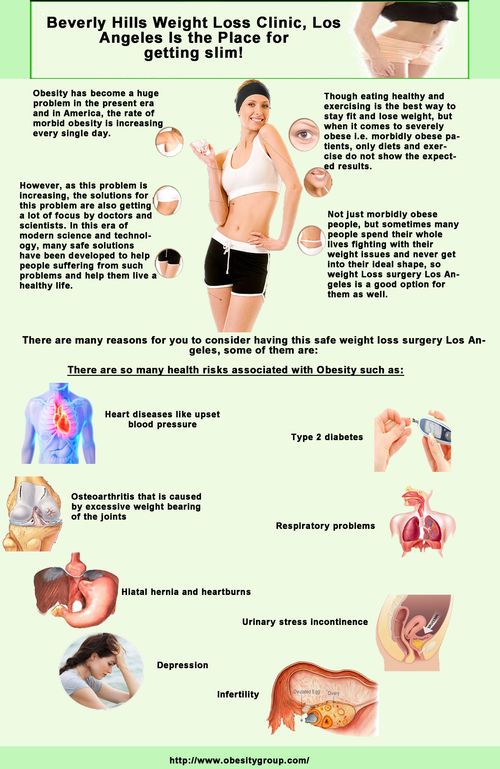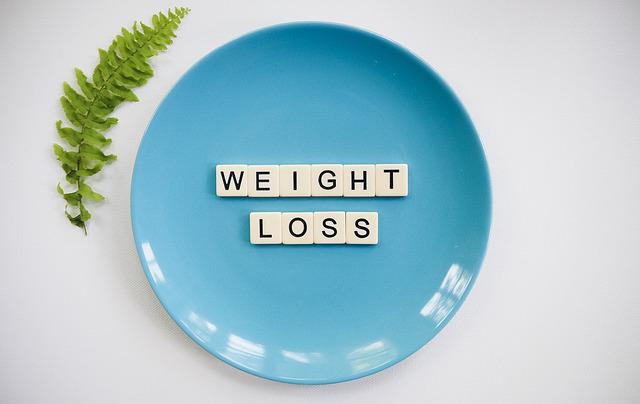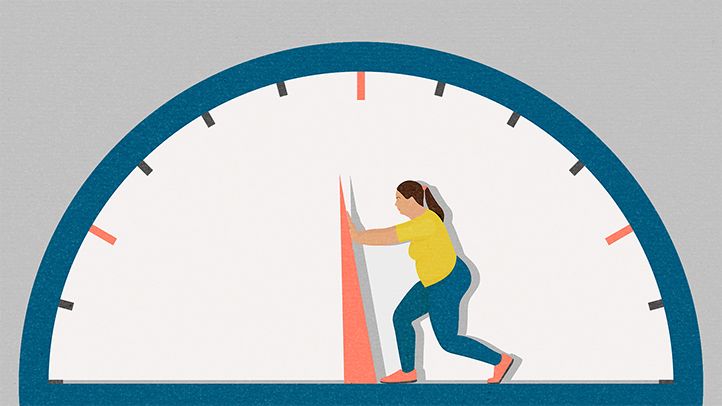
It is important to be more familiar with your exercise routine and to discover new ways to challenge your mind. You can keep your motivation and engagement high by changing the intensity and pace of your treadmill workout. A treadmill program is based on the "rate of perceived exertion" system, which measures how hard you are working. You will find that everyone begins at a different fitness level so you should adjust the intensity of your training to meet your needs.
TikTok treadmill training burns 500+ calories within 30 minutes
The 12-3-30 code is a simple exercise that requires you to incline the treadmill by 12 percent and run at three mph. The treadmill workout has become so popular on TikTok, that even celebrities have gotten on board. Lauren Giraldo (social media star) created the 12-hour challenge that has received over seventy million hits! This workout targets the stomach muscles. It promises to help you lose belly fat in only thirty minutes.
A treadmill equipped with a heart-rate monitor can help you burn these calories. This will allow you to stay within your goal range. You can start slow and easy, then increase the speed and incline. Begin by walking slowly for five minutes at a moderate pace. Then, gradually increase speed and incline. Stretch out after each session and perform other exercises to enhance the effectiveness of the workout.

HIIT treadmill workout burns more calories than long, continuous training
HIIT is a fast-paced form of aerobic exercise that helps you burn calories much faster than a traditional long-term exercise routine. This type of exercise involves short bursts with intense activity, followed by periods of relaxation. Unlike traditional exercise programs HIIT causes an after-burn effect, known as excessive post-oxygen consumption (EPOC). This helps your body burn calories faster for hours after a workout. HIIT treadmill workouts can help you burn more calories than long, continuous training.
HIIT on a treadmill will engage your muscles in fast bursts, high-energy exercise, followed by periods for recovery. You can recover from intense activity by keeping your heart rate elevated. The more calories you burn, the higher your heart beat. You'll see a significant improvement in your fitness and metabolism, which will lead to a better appearance.
To do HIIT treadmill work, it takes 2:2 Rest to Work ratio
A good HIIT treadmill work out for weight loss will have a 2:1 rest to work ratio. While HIIT does not have a perfect method or protocol, you can get the best results by using different intervals and the right intensity. Try alternating between sprinting for 30 seconds and walking for 15 seconds. This is an example of a 2:1 sprint to rest ratio.
For those who are just starting HIIT, it is a good idea to start at incline 0. This is the normal height for a treadmill. The incline percent can be adjusted as interval running becomes more natural. Alter your rest periods for HIIT training. Alternate between walking, jogging, and running for between five and 10 minutes. With shorter rest periods between, you can do HIIT training.

The iFIT treadmill exercise burns 500+ calories in 30 minutes
The iFIT treadmill program can help you to burn 500+ calories in a matter of 30 minutes. The treadmill's heart rate monitor allows you to adjust your intensity and pace. You can switch between light jogging and brisk running, or even to an inclined position. You can adjust the speed and intensity of your workout by gradually decreasing the speed. Once you've completed the workout, you should stretch and cool down. Your workout can include dumbbell exercises, walking poles, and other activities.
In just 30 minutes, the iFIT treadmill program burns 500+ calories. Your speed and weight affect the number of calories you consume. You can burn 500 calories on a treadmill in 30 minutes. Start slowly, then increase your speed. A treadmill with inclines is best, as well as a choice of speeds. You can also use the myfitnesspal calories calculator to determine how many calories are burned.
FAQ
How long does it take to lose weight?
It takes time to lose weight. It usually takes six to eight months to lose 10%.
Remember that you should not expect to lose weight in a matter of hours. Your body will need time to adapt to new dietary changes.
This means that you should gradually change your diet over several days or weeks.
You should also stop trying fad diets. They don't work. Instead, try to change your daily routine.
If you are a regular shopper of unhealthy snacks, it is a good idea to stop.
Instead, eat healthier meals at night. This will help you avoid snacking at night.
Water is essential for your body. Water is essential for keeping your body hydrated. Dehydration makes you feel tired and sluggish.
Therefore, drinking lots of water throughout the day will help you stay energized and focused.
It is important to reduce stress levels through activities that allow you to relax. You can spend time with family members, for example.
Or you could read books, watch movies, listen to music, etc.
These activities can help you relax from stressful situations. They will also improve your mood, self-esteem, and overall well-being.
You should consider your health when trying to lose weight.
Your physical fitness is an indicator of overall health. So, if you want to get fit, you should start with proper nutrition and regular exercise.
How to make an exercise plan?
Create a routine. It is important to plan what you will do each morning and how much time you will be doing it. This helps to plan ahead and avoid procrastination.
Second, make sure that your workouts are varied. It is important not to get bored while exercising. This will cause you to lose interest and make it difficult for you to stick with it.
You also need to keep track of your progress. It is crucial to track how much weight has been lost or gained.
You can lose weight quickly if you do not gain weight. However, it's much harder to stay motivated when you gain too much weight.
So, try to find a balance between gaining weight and losing weight. If you are unhappy with your current situation, you will be less inclined to exercise.
What is the best exercise for weight loss?
There are many factors that influence the amount of exercise required to lose weight. These include your gender, age, body type and how heavy you are. However, the majority of people require at least 30 minutes of moderate exercise five days a week.
The American College of Sports Medicine recommends 150-minutes of moderately intense aerobic activity every week. It should be spread over three separate days.
If you are trying to lose 10 pounds, 300 minutes of moderate intensity exercise per week is a good goal. You can do this by walking fast, swimming laps or biking, as well as playing tennis, golfing and hiking, or jogging, running or other similar activities.
Consider doing 20 minutes of vigorous exercise thrice a week if you are just starting out. That could include activities like lifting weights, sprints, jumping rope, or fast walking.
Aerobic exercise also helps burn calories and build muscle mass. Muscle burns more calories than fat does. Building muscle and losing weight can help you reach your goals faster.
How long should I do Intermittent fasting to lose weight?
It's not as easy to answer as you might think. A number of factors need to be considered when determining how many days of fasting are needed for optimal fat loss. These factors include:
-
Your age. Intermittent fasting can be difficult for young people (under 40). This is because they have less time to recover after each fast. Alternately, if your age is over 60, intermittent fasting might prove too challenging because you may not have enough energy to last for extended periods of time.
-
Your current body composition. Longer periods of fasting are more beneficial if you have a lot muscle mass. If you don't have a lot of muscle mass, shorter fasting periods may be more suitable.
-
How active you are. Exercise regularly and you may need to extend the fasting window in order to get enough sleep between workouts.
-
Your health history. Patients with certain medical conditions, such as heart disease, diabetes, or cancer, may need additional fasting monitoring.
-
How do you handle stress? Stress can often lead to us eating more. You may need to extend your fasting times in order to avoid this problem.
-
What type of diet do you follow? Certain diets, like ketogenic diets, may require even longer fasting periods.
-
Your quality of sleep. Lack of sleep has also been linked to increased appetite and decreased metabolism. Therefore, it may take some experimentation before determining what works best for you.
-
The amount of protein you consume. Consuming more protein helps to stabilize blood sugar levels. This could lead to lower insulin levels. This would allow you be more consistent in your fasting.
-
No matter if you are trying gain or lose weight. People trying to gain weight often need longer fasting periods than people trying to lose weight.
-
What percent of your daily calories are you consuming during your fasting time? Fasting fewer calories per day may result in greater fat loss than fasting for more calories per day.
-
Your overall fitness. Faster people are more likely to be fit, and burn more calories during the day.
-
Your gender. Men typically have larger appetites than women, so they may need to fast for slightly longer periods of time. Women have smaller appetites than men, so they may need to fast just 20-30 minutes each day.
-
Your lifestyle. Are you someone who is active? Do you workout several times each week? Are you a worker who sits at a computer all day? All of these things can affect the amount of time you should fast.
-
How much money are you willing to spend on food? It doesn't always mean that you should spend a lot of money on groceries if you eat healthy foods. Whole grains can be replaced by white bread, fruits can replace candy bars, and lean cuts of meat can be used to save money.
-
It's important to manage your hunger. You may not have to fast as often if it is important to eat regularly.
What effect does intermittent fasting have on my sleep?
Yes, intermittent fasting does affect your sleep. If you skip meals, your hunger hormones will increase. This can lead to you waking up early in the morning.
Experts recommend skipping breakfast. They recommend eating a light snack before bed.
You can still eat a small meal if you feel hungry after the snack.
Don't overeat. You will end up gaining weight rather than losing it.
Statistics
- According to Harvard Health, it's estimated that a 155-pound (70-kg) person burns around 167 calories per 30 minutes of walking at a moderate pace of 4 mph (6.4 km/h) (5). (healthline.com)
- According to a study sponsored by the American Council on Exercise, a person weighing around 140 pounds (64 kg) would burn 108 calories at a 30-minute beginner's Pilates class or 168 calories at an advanced class of the same duration (26). (healthline.com)
- Among women, the increase in metabolic rate was nearly 4%, or 50 more calories per day (14Trusted Source (healthline.com)
- Another study found that 24 weeks of weight training led to a 9% increase in metabolic rate among men, which equated to burning approximately 140 more calories per day. (healthline.com)
External Links
How To
How do I lose belly fat fast?
You should know that losing bellyfat is difficult. It takes hard work and dedication. You will see results if these tips are followed.
-
Healthy Food It is vital to eat healthy food. You should eat fruits, vegetables, whole grain, lean protein, nuts, seeds and legumes as well as fish, poultry and eggs. Avoid junk food.
-
Drink Water. Drinking water helps keep your body hydrated. This will make you feel fuller and more satisfied for longer periods. So drink plenty of water every day.
-
Cardio Exercises. Cardio exercises can help you lose more calories and increase muscle mass. They improve heart health and metabolism. Every day, do 30 minutes of cardio exercise.
-
Get enough rest. Sleep plays a vital role in maintaining good health. Insufficient sleep can cause anxiety and stress which can lead to unhealthy eating habits such as smoking and excessive drinking.
-
Stress levels can be reduced. Stress affects our brain chemistry and hormonal levels. Stress causes cortisol to be released by the body, which is a hormone that can increase hunger pangs, and cause cravings for high calorie foods.
-
Take Regular Breaks. Take regular breaks throughout the day. Go outside and walk around or take a short nap. This will allow your body and mind to rest and recuperate.
-
Avoid Alcohol Consumption. Alcohol has empty calories, and can slow down digestion. If you're trying to lose belly fat, drinking alcohol should be avoided as much as possible.
-
Have Fun